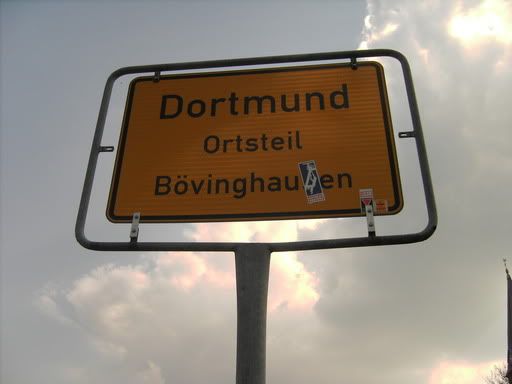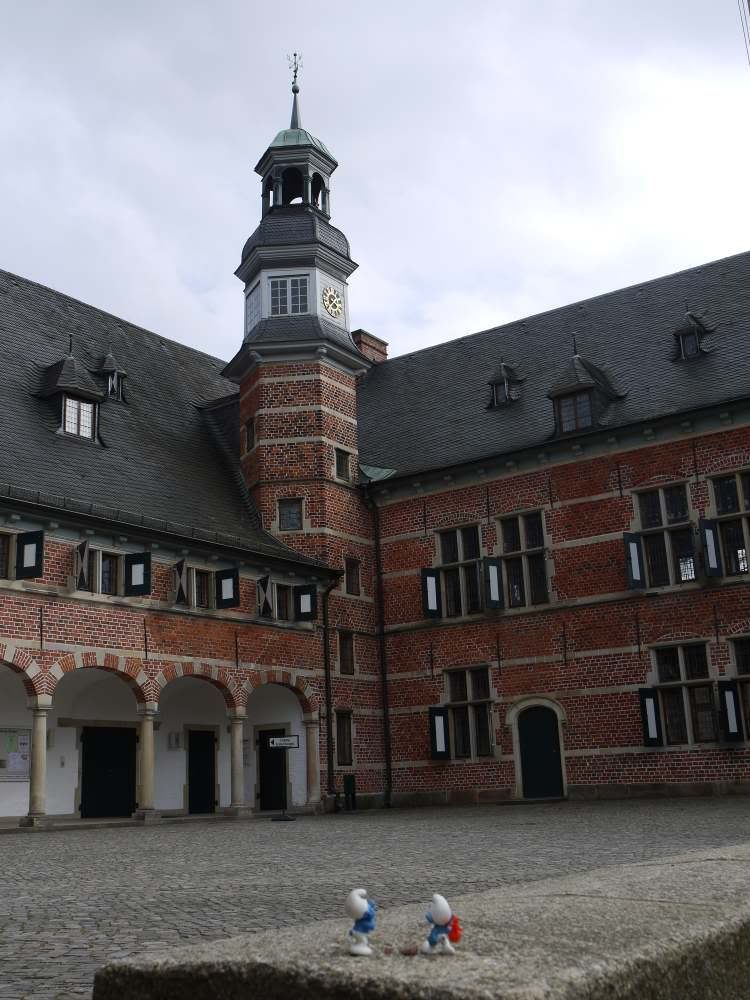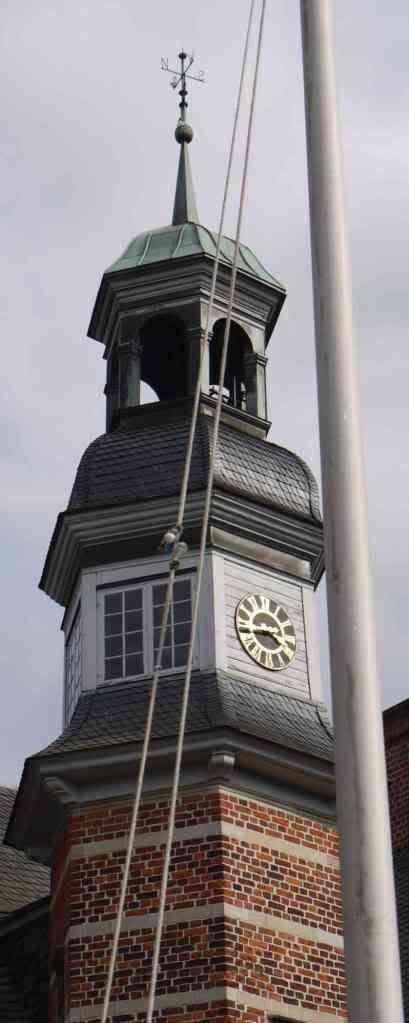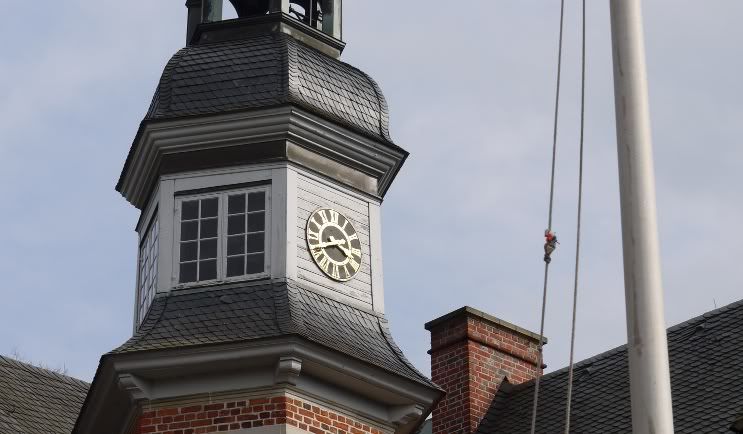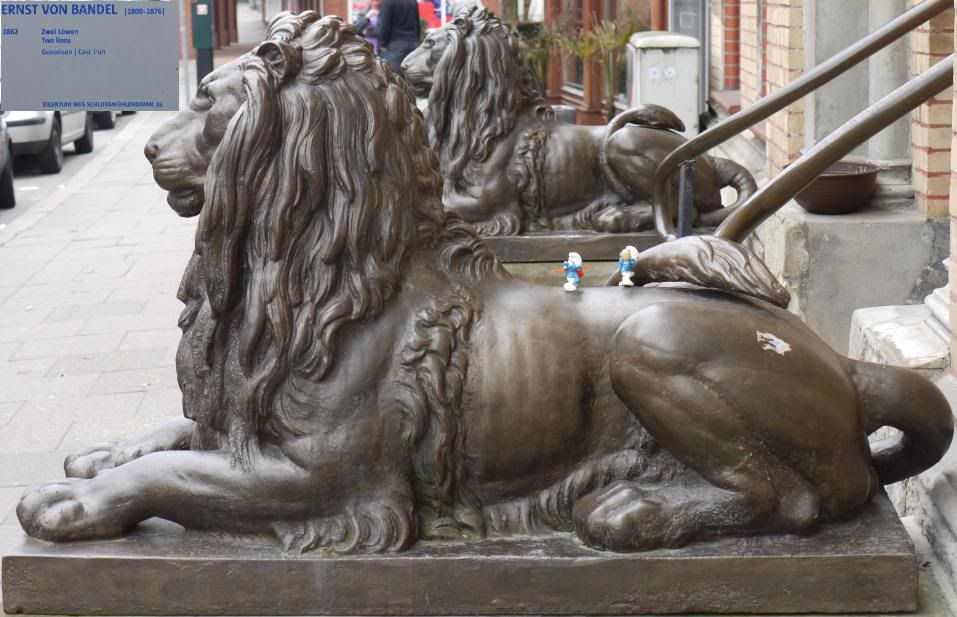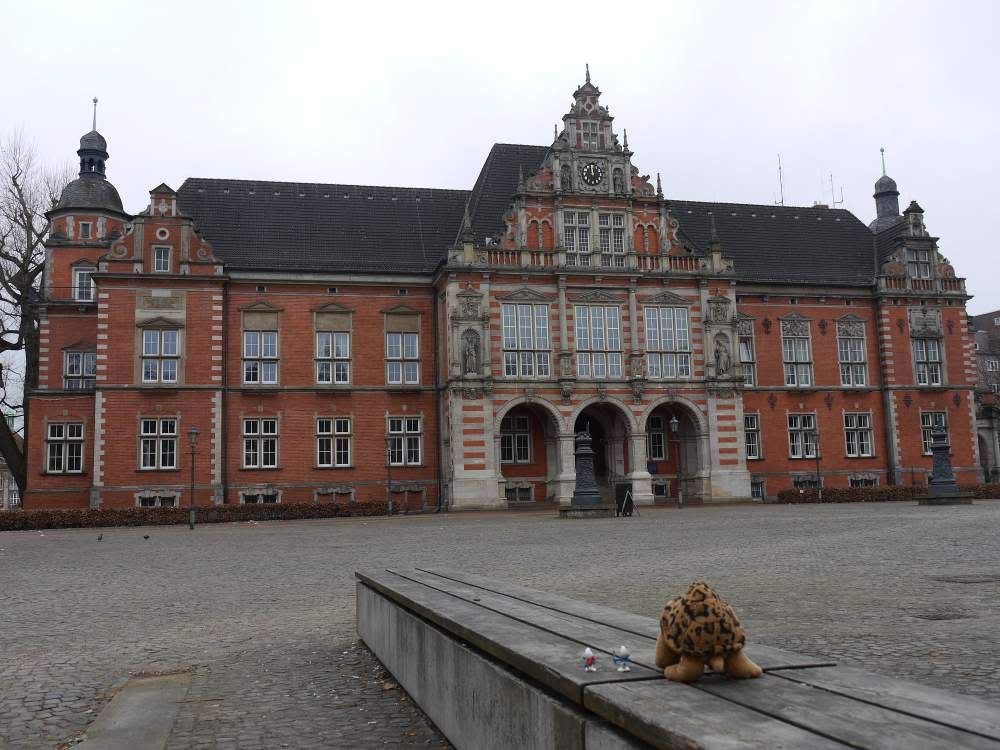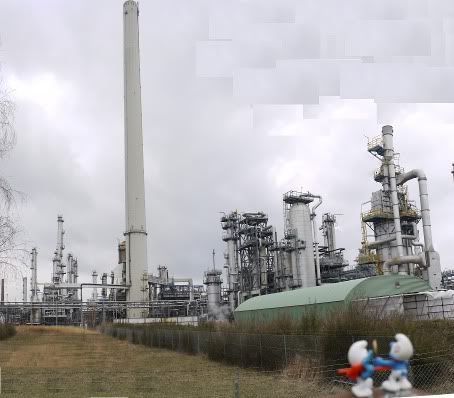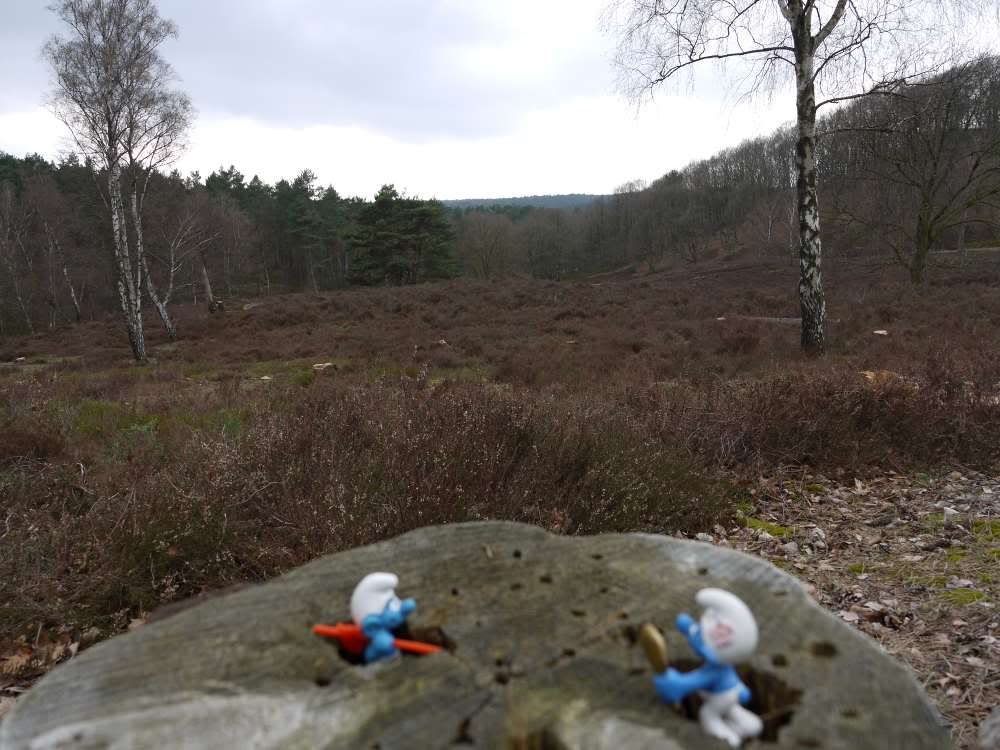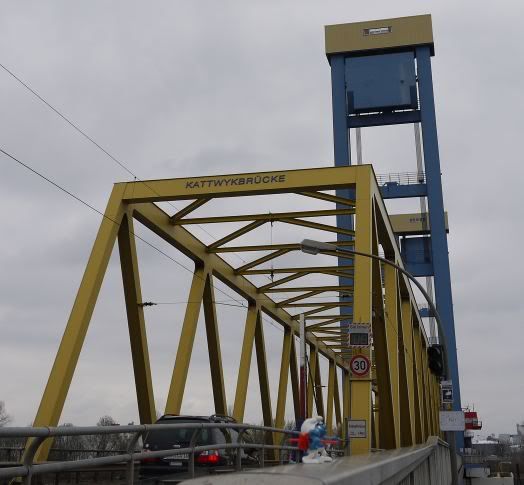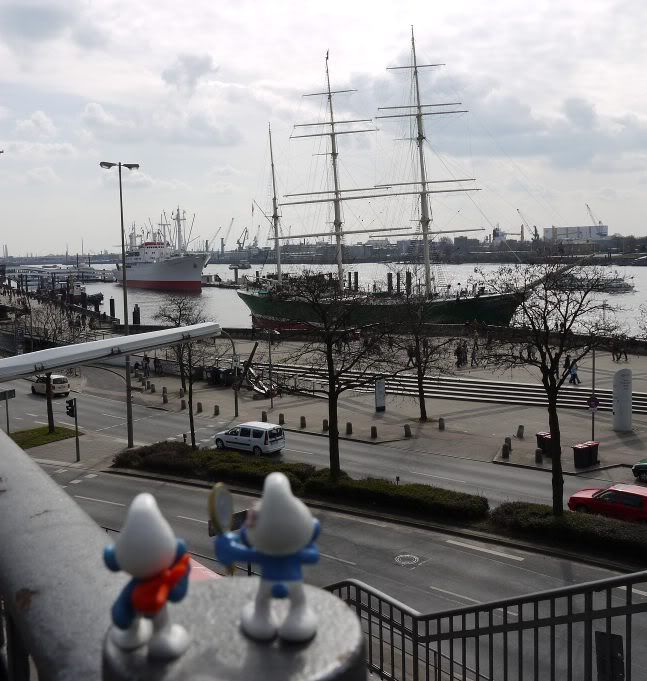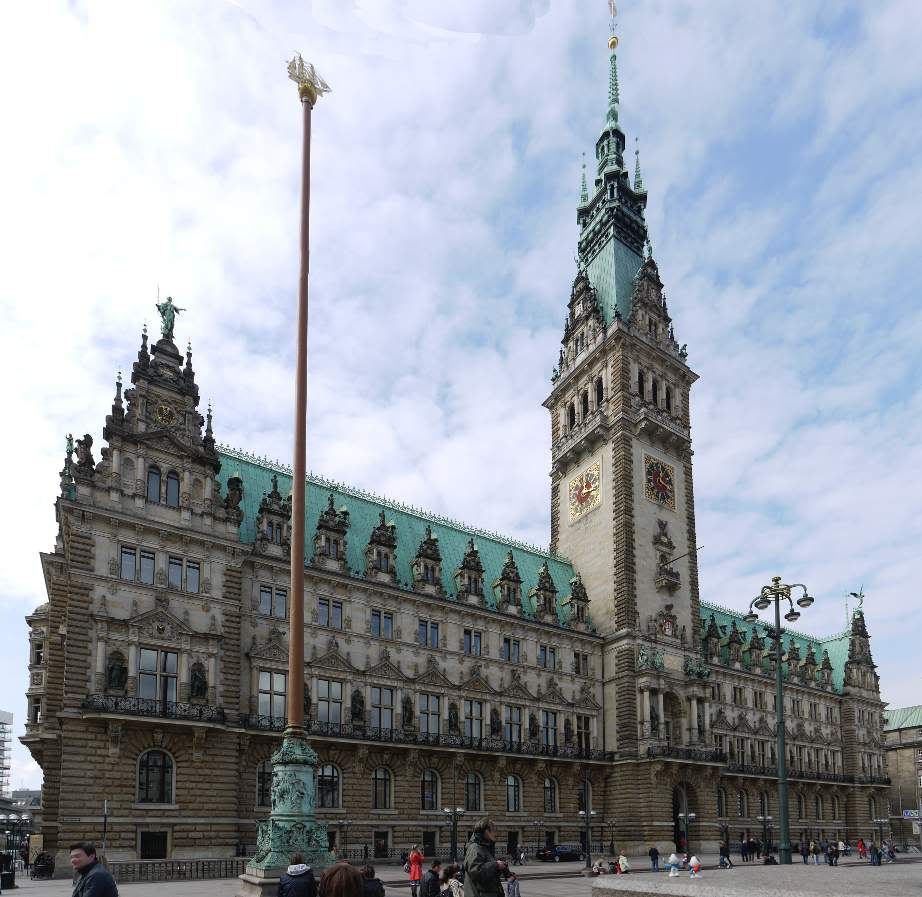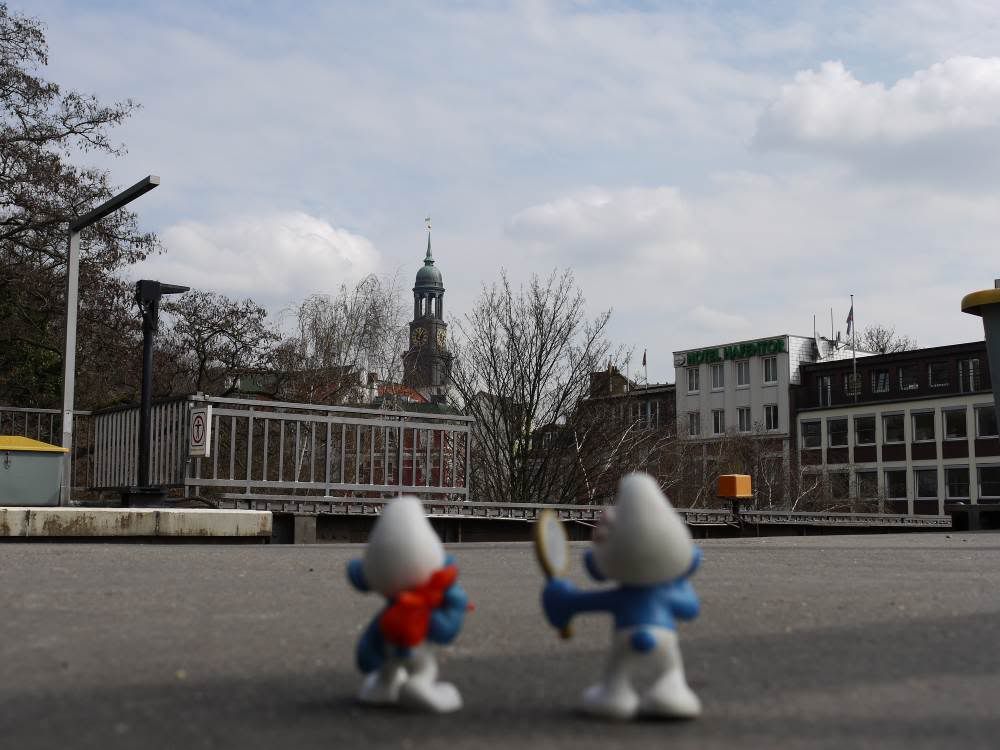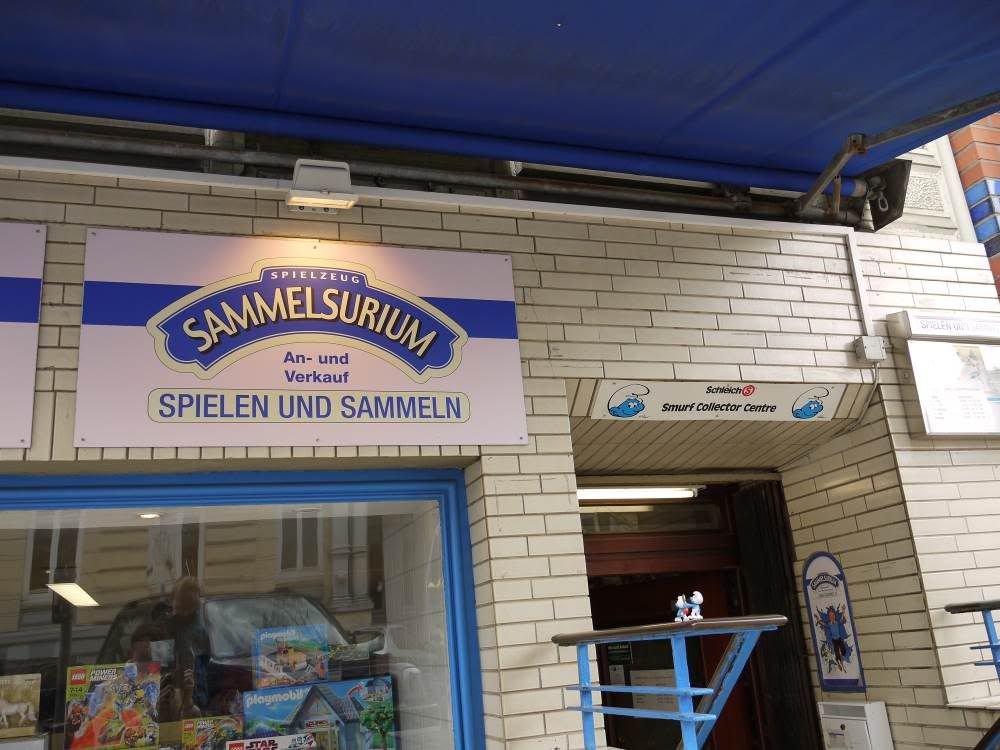As of now, I will be hosting the two travellers in Dortmund-Bövinghausen, which is a small suburb in the city of Dortmund, which is very close to the cities of Castrop-Rauxel and Bochum, as you will see later on. I'm looking forward to give them a grand tour through the Ruhr-Area, which is (among with the Turish city of Istanbul and the Hungarian city of Pécs) this year's Europe's Cultural Capital.' Never before has a full region like the Ruhr-Area been part of that project.
More than five million people live in the Ruhrgebiet's 53 cities, which include Dortmund, Bochum, Essen, and Duisburg. The cities of Köln and Düsseldorf are nearby, as are the vineyards of the Rhine Valley. The well-kept metro network makes train travel a convenient connection to the whole area. Because students receive free transportation, you can explore a large metropolitan area offering many exciting cultural amenities--museums, galleries, and theaters featuring classical as well as avant-garde art and performances.
The Ruhr Area:
Is the largest economic area in Europe
Has the highest density of theaters and cultural events in Europe
Is one of Europe's largest Academic hubs with universities in the cities of Essen/Duisburg, Bochum and Dortmund
The Ruhr Area has long been one of the most dynamic regions in Germany. For two centuries it has played a pioneering role in meeting the challenges of fundamental structural changes in Germany's economy, society, and technical environment.
Formerly known mainly for mining and heavy industry, the Ruhr area focuses on alternative energy research, e-commerce and software development. The Ruhr area is considered one of the world’s most successfully restructured industrial regions and yet it remains proud of its past in the coal and steel works, which can be studied in the region’s many technological and industrial museums.
Former industrial sites have been turned into major centers for contemporary music and the arts. The Ruhr area has thus retained its characteristic regional identity while developing a new international face influenced by the proximity of neighboring Belgium, France, and the Netherlands, and by decades of immigration from all parts of Europe.
